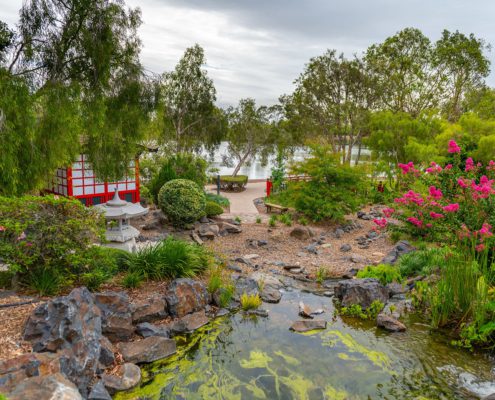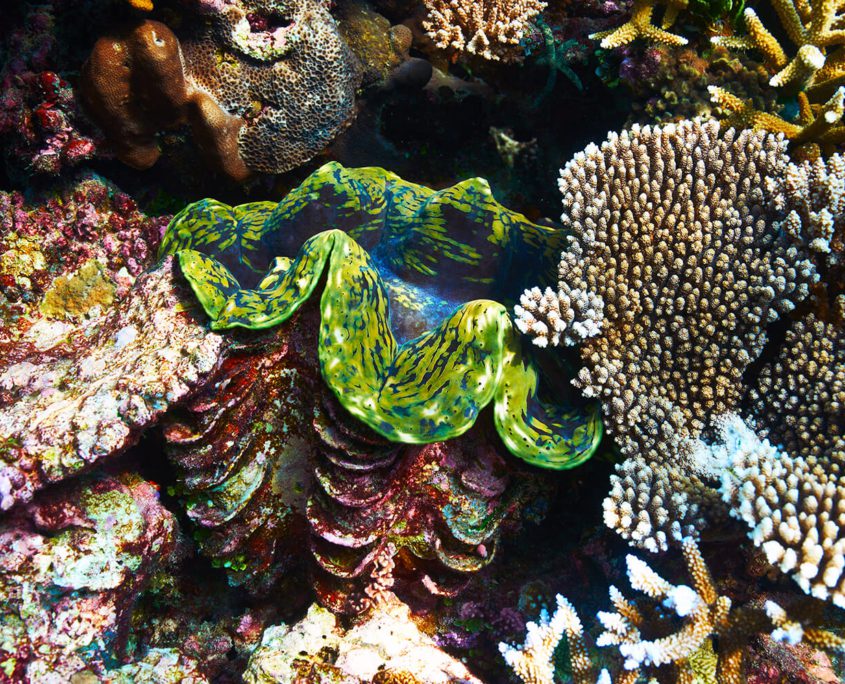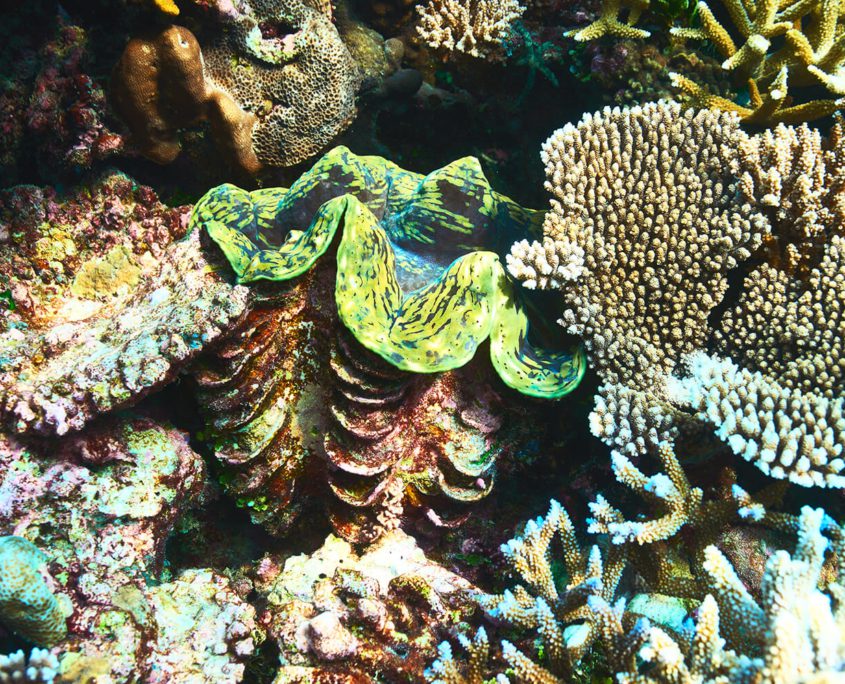 https://thingstodobundaberg.com.au/wp-content/uploads/2023/05/exploring-the-natural-oasis-bundaberg-botanic-gardens.jpeg
1000
1500
admin
https://thingstodobundaberg.com.au/wp-content/uploads/2024/06/things-to-do-bundaberg-logo.png
admin2024-03-15 04:22:152024-03-15 04:22:15Exploring the Natural Oasis: Bundaberg Botanic Gardens
https://thingstodobundaberg.com.au/wp-content/uploads/2023/05/exploring-the-natural-oasis-bundaberg-botanic-gardens.jpeg
1000
1500
admin
https://thingstodobundaberg.com.au/wp-content/uploads/2024/06/things-to-do-bundaberg-logo.png
admin2024-03-15 04:22:152024-03-15 04:22:15Exploring the Natural Oasis: Bundaberg Botanic GardensGiant Clams Great Eight Bundaberg
The giant clam is the largest bivalve mollusc, and can weigh as much as 200kg.
The giant clam is a species of saltwater clam. It comes in a wide range of colours, ranging from greens to blues. This phenomenon is a result of a contrast between the colour of algae living inside the clam and the pigment the clam was born with.
Giant clams live up to 100 years and are an indicator of clam health. When the giant clam is unhealthy, the dying algae will bleach it to a bright white.
Among the most well traveled of reef inhabitants, the Giant Clam remains attached to the reef its entire life. Its home never leaves its side.
Native to the tropical and subtropical waters of the South Pacific Ocean, the Giant Clam is most abundant near China, Malaysia and the Philippines.
Giant clams subsist on plankton, small seaweeds, and other organic matter found in the water.
Giant clams feed on algae, producing metabolic waste products as a byproduct. The waste products serve as the second source of nutrition for the clams allowing them to grow large regardless of nutrient-lacking waters.
Native people of the Pacific talk about giant clams that could grow to be more than eight feet in diameter. A human who strayed too close would be scooped up and trapped inside the shell.
According to marine manuals from the early 1800’s, swimming freely in the vicinity of giant clams could result in severe injury. However, modern-day divers who have been trapped inside giant clam shells report that the mother of pearl layer encourages them to breathe freely, where they can wait comfortably until someone finds them and rescues them.
They move slowly and aren’t big enough to bite your finger off. Furthermore, they’ve never harmed a human on record.
Giant clams are protected marine organisms that grow to approximately 2-5 metres in size. They are hermaphroditic, producing both eggs and sperm.
Although they have both male and female reproductive organs, they do not self-fertilise. They are broadcast spawners.
In order to collect the nacreous layer which produces the shell, the clam is induced to release egg. This triggers nearby giant clam to swell their mantle and contract their adductor muscles.
This helps ensure that the clam will float to the surface where the sperm and eggs can be fertilized.
Giant clams are sedentary creatures. Although they cannot close their shells, some are incapable of closing their shells completely, so there is always a small gap remaining when their clamshells are shut.
The giant clam is facing extinction because of the aquarium trade and even though it’s prized for its abductor muscle, this status puts the species on a growing list of endangered creatures.
Giant Clams, Great 8, Southern Great Barrier Reef
Giant clams, one of the awe-inspiring members of the Great 8, can be found gracing the waters of the Southern Great Barrier Reef. These magnificent molluscs are renowned for their impressive size and vivid colours, making them a captivating sight for divers and snorkelers exploring the reef.
The giant clams in the Southern Great Barrier Reef can grow up to 1.2 metres in length and weigh over 200 kilograms, making them the largest living bivalve molluscs in the world. Their shells, often covered in a variety of hues from bright blue and green to deep purple, are a testament to the rich biodiversity of the reef. The vibrant colours are actually a result of symbiotic algae called zooxanthellae living within their tissues, which contribute to the clam’s photosynthesis and energy production.
These clams are usually found nestled in the shallow, sunlit waters of coral reefs, where they play a vital role in maintaining the ecosystem. They are filter feeders, drawing in water to extract plankton and other nutrients, which helps to keep the surrounding waters clear and nutrient-rich for other marine life.
Giant clams are also an important part of the reef’s intricate food web, providing both habitat and sustenance for a variety of marine organisms. Their presence supports the overall health and stability of the reef ecosystem, making them a crucial component of this underwater paradise.
Visitors to the Southern Great Barrier Reef, particularly around Lady Musgrave Island and Lady Elliot Island, have the unique opportunity to observe these fascinating creatures up close. Whether you’re snorkelling or diving, encountering a giant clam in its natural habitat is a truly unforgettable experience, offering a glimpse into the remarkable complexity and beauty of the reef.
The giant clam’s striking appearance and ecological significance make it a highlight of any reef exploration, embodying the wonder and diversity of the Southern Great Barrier Reef. As one of the Great 8, giant clams are a must-see for anyone seeking to fully appreciate the incredible marine life that calls this region home.




